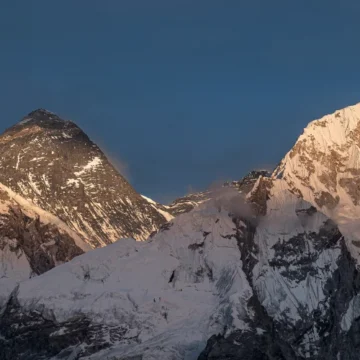
Journey to Muktinath Temple: History and Facts
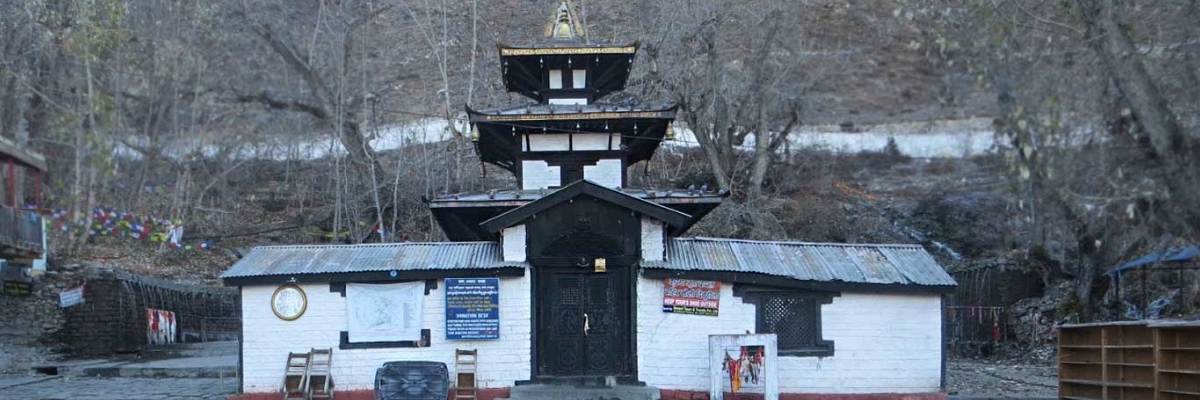
Table of Contents
Recently, Muktinath Temple has become famous for its religious point of view and trekkers’ experience of nature’s beauty. The blend of historical significance and cultural and geographic beauty endows Muktinath with never-fading importance for most devotees. In this article, we will look at the history of Muktinath temple, its location, distance, and other related details.
Muktinath Temple History
Muktinath is a religious site in the Mustang region of Nepal that is famous among Hindus and Buddhists. The term “Muktinath” conveys the meaning of “liberation” or “liberator deity.” Muktinath is one of the oldest religious structures, and its references are recorded in generic scriptures.
It is one of the 51 Shakti Peeths and, therefore, is considered very sacred by Hindus as a pilgrimage site. It is believed that Lord Vishnu has taken the form of a flame and resides here, and whoever comes gets salvation. Based on the historical dates, the temple was built in the early centuries of the first millennium and became an important religious shrine.
Muktinath is culturally significant and surrounded by as many legends as it is holy. However, to cleanse their souls, the devout were recommended to worship the Lord Vishnu in the Muktinath temple. This story depicts how the temple plays the role of a place of forgiveness.
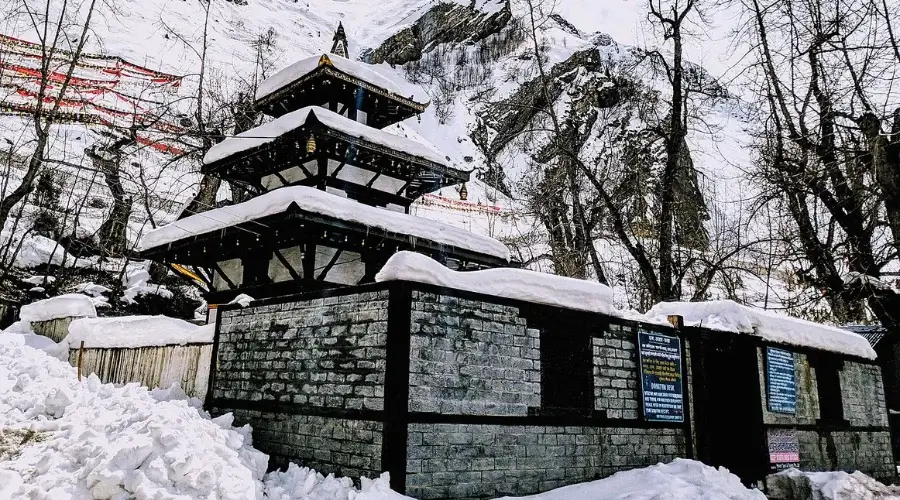
Muktinath also has 108 Muktidhara hoses where devotees can take baths. These sites must be baptized because their water is said to wash one’s sins and sins alone. A flame that is burning all the time at the temple, perhaps arising from natural gas along with the temples and shrines, also strengthens the religious feeling of Muktinath.
Different walks of life have graced the Muktinath pilgrimage, adding to the beauty of religious culture and history. The temple has witnessed the intervention of one form of religion with the other, maintaining coexistence. Temples are built with both Hindu and Buddhist designs, explaining the mix-up of the region’s religious systems.
Muktinath Weather
Muktinath has chilly weather, which means the climate is quite dry, and the temperatures vary depending on the season.
The warm weather will likely start around June and end in early August. It is characterized by low humidity and temperatures between 10 °C and 20 °C, perfect for outdoor activities due to clear skies and very little or no rainfall.
Finally, precipitation occurs during the considerably chilly winter months of December, January, and February. Temperatures frequently reach freezing at night, and rain is experienced in the winter, making it difficult to travel on the roads due to snow accumulation.
The best times to consider for trekking and pilgrimage in this region are spring, which ranges from March to May, and autumn, which ranges from September to November, as the temperatures range from 5- 15 °C (41-59 °F).
Elevation of Muktinath
Muktinath is around 3,711m (12,175 feet) above sea level beside the Kali Gandaki River in the Mustang District of Nepal. This is why it has its kind of climate and the icy mountainous views of the nearby mountains. It is also worth noting that one may find some low-intensity altitude sickness, requiring one to acclimate before engaging in any activity within the region. Muktinath continues to offer solace and blessings to so many pilgrims and trekkers due to the serene and divine beauty of the place.
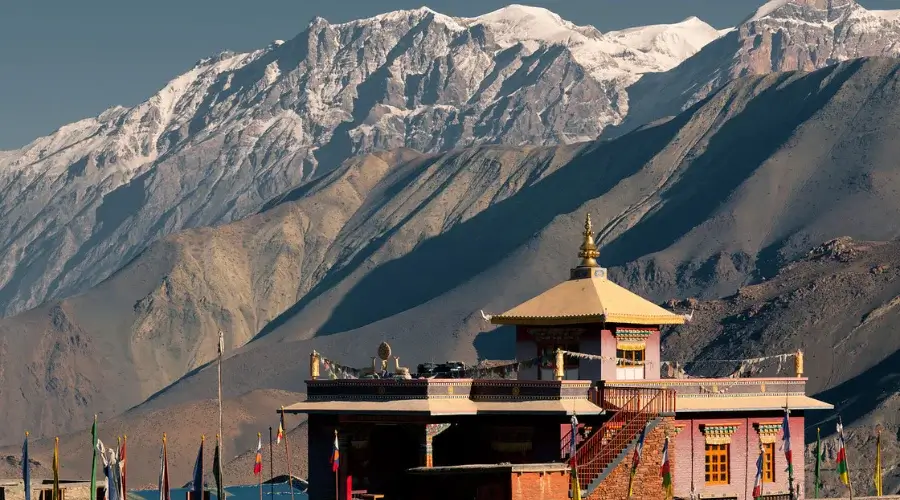
Kathmandu To Muktinath Distance
The distance from Kathmandu to Muktinath is about 400 km long, operating vehicles or 250 miles, but it may also be covered on foot. The total time taken can also differ, but it is approximately 12 to 15 hours by road, based on the road and traffic conditions. Some tourists also take a flight up to Jomsom from Pokhara since it is also nearer to Muktinath, so they can come directly there by trekking or driving a few kilometres.
Pokhara To Muktinath Distance
The road distance between Pokhara and Muktinath is about 200 km, which is planned to be covered in five days. An organized tour to Muktinath usually consists of road transport up to Jomsom and then a trek down to Muktinath. The drive can take up to 8 to 10 hours through the expected traffic and by using the standard means of transport. The distance between Pokhara and Muktinath is also far, so most tourists prefer to take a flight from Pokhara to Jomsom and then either drive or trek the rest of the distance to Muktinath.
Best Time To Visit Muktinath
The best time to visit Muktinath is spring (March to May) and autumn (September to November). So, let’s look at the temperature and highlights of the best time to visit Muktinath.
Spring (March to May):
This season is ideal for trekking and visiting Muktinath due to the mild temperatures, which range from 10°C to 20°C (50°F to 68°F). The weather is generally clear, allowing for stunning views of the surrounding mountains. Spring also brings blossoming flowers and lush greenery, enhancing the beauty of the landscape. This time of year is perfect for those seeking a pleasant hiking experience and a chance to explore the region’s natural beauty.
Autumn (September to November):
Autumn is another excellent time to visit Muktinath. The weather is sound, with clear skies and comfortable temperatures, usually ranging from 5°C to 15°C (41°F to 59°F). This season follows the monsoon, so the air is fresh, and the views of the mountains are spectacular. Autumn is also a popular time for festivals, such as Dashain and Tihar, which adds cultural richness to your visit. Beautiful weather and vibrant festivals make autumn an excellent season for travellers.

Muktinath Top 10 hotels
Here is the list of the top 10 hotels in Muktinath:
- Hotel Muktinath
- Hotel Crown Himalayas
- The Himalayan Inn
- Muktinath Guest House
- Hotel Jomsom
- Shree Muktinath Hotel
- Jomsom Mountain Resort
- Hotel Green View
- Hotel Sunrise
- Hotel Annapurna
Muktinath Fun Facts
- Sacred to Two Religions:
Muktinath is revered by both Hindus and Buddhists. Hindus see it as a place of liberation, while Buddhists view it as a site of spiritual enlightenment. - 108 Water Taps:
The temple features 108 sacred water taps, called Muktidhara, where pilgrims bathe as part of their purification rituals. - Eternal Flame:
An eternal flame fueled by natural gas has been burning continuously at Muktinath for centuries. - High Altitude:
Muktinath is situated at about 3,710 meters (12,172 feet) above sea level, making it one of the highest pilgrimage sites in the world. - Unique Location:
The temple is located at the base of Thorong La Pass, one of the highest mountain passes in the world, which is part of the famous Annapurna Circuit trek.
Places To Visit In Muktinath
Muktinath Temple:
A key pilgrimage site dedicated to Lord Vishnu, featuring 108 water spouts and a sacred fire.
Jwala Mai Temple:
Known for its natural eternal flame, this temple is located near the Muktinath Temple and is a popular spiritual site.
Dumba Lake:
A peaceful lake that has stunning mountain reflections and serene surroundings. It is ideal for nature enthusiasts and bike riders.
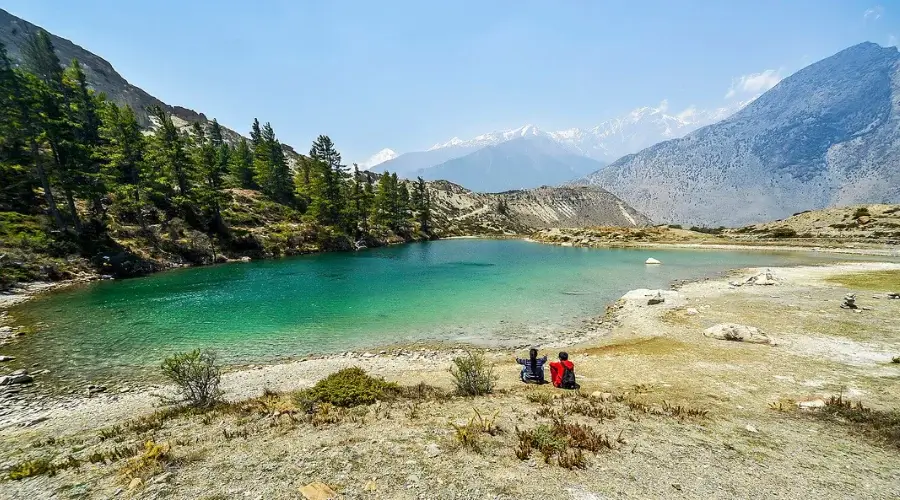
Kagbeni:
An ancient village with traditional Tibetan architecture and a scenic backdrop, perfect for exploring local culture.
Marpha Village:
Marpha Village is famous for its apple orchards and traditional stone houses, where visitors can enjoy local apple products.
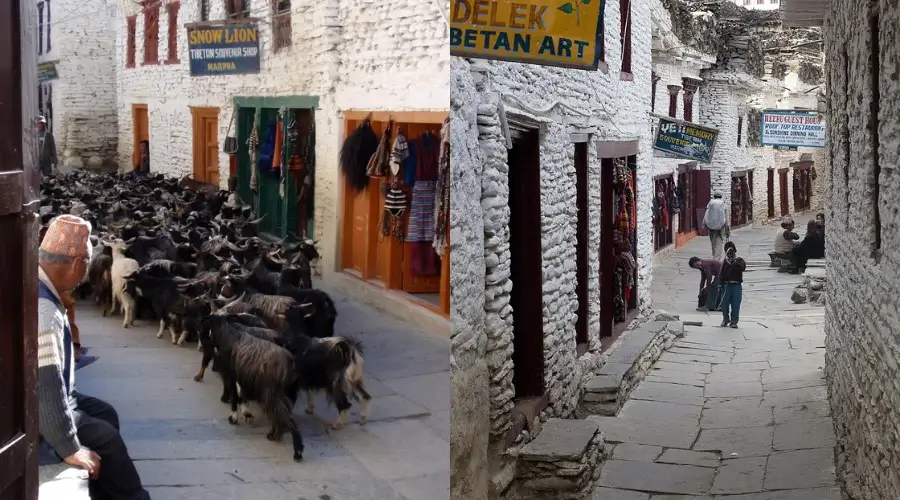
Thorang La Pass:
It is one of the highest mountain passes in the world. It provides breathtaking views of the Annapurna and Dhaulagiri ranges, a highlight for trekkers and falls under the Annapurna Circuit trek.
Lupra Village:
Lupra is a hidden gem near Muktinath, known for its unique culture and beautiful landscape. The village is less visited, offering a more tranquil experience.
Ranipauwa Village:
Located near Muktinath, this village provides easy access to the Muktinath Temple and offers accommodation and local eateries.
Muktinath Cave:
This natural cave is near the Muktinath Temple and is believed to be a site of meditation and spiritual significance.
Muktinath Trip Cost
A Muktinath trip with Himalayan Masters is typically between $900 and $1,000 per person. This all-inclusive package covers day trips, accommodation, meals, transportation, and guided tours, ensuring a hassle-free and enriching experience. Traveling with Himalayan Masters, you can explore Muktinath’s spiritual and natural beauty.
How To Go To Muktinath Temple
Muktinath From India:
There is a roadway from India to Muktinath and an airway to reach Muktinath. For the road approach, you can join Nepal through the border town of Sunauli/Raxaul. Then, drive or take a bus to Pokhara. But you have to travel from Pokhara to Muktinath. In that case, the following route has to be taken: You can also take a flight from the main cities in India, such as Delhi, and reach Kathmandu. Then, follow the instructions mentioned above from Kathmandu.
Muktinath From Kathmandu:
There are two ways to reach Muktinath: by flight or road. There is a domestic flight from Kathmandu to Pokhara and another flight to Jomsom. After reaching Jomsom, you can go to Muktinath by jeep or trekking. If the mode of transport is by road, it is by bus or a 4-wheeler jeep from Kathmandu to Pokhara. To Muktinath, one has to go to Jomsom first by jeep or by bus from Pokhara and then take a jeep ride or Trek.
Muktinath Temple From Pokhara:
The Nepalese Government has constructed highways to facilitate transportation from Pokhara; however, one can fly also. You fly from Pokhara directly to Jomsom by air, often described as the nearest airport to Muktinath. Then, get to Muktinath either by jeep or even by Trek. By road, one can easily travel by hiring a jeep or taking a bus to reach the destination of Jomsom, and after that. One should prefer to travel by jeep or trekking to reach Muktinath. While using this route, you can look at the natural beauty of Nepal as you travel towards the spiritual destination of Muktinath.
Want to know more?
Speak to an Expert





Sandip Dhungana
Nepal 🇳🇵
Whatsapp: +977-9823636377



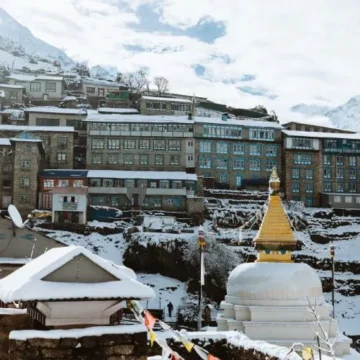
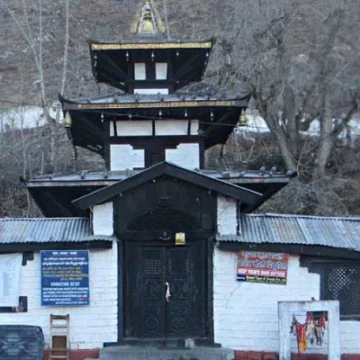
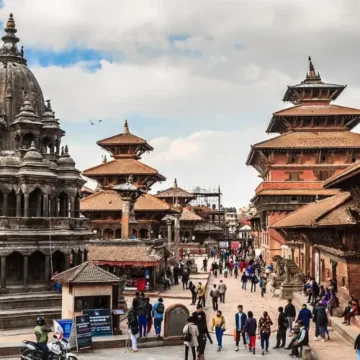
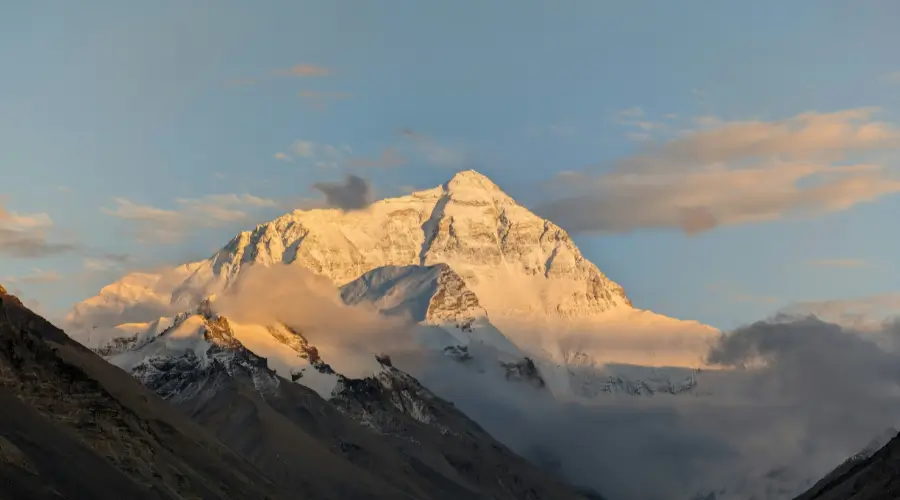
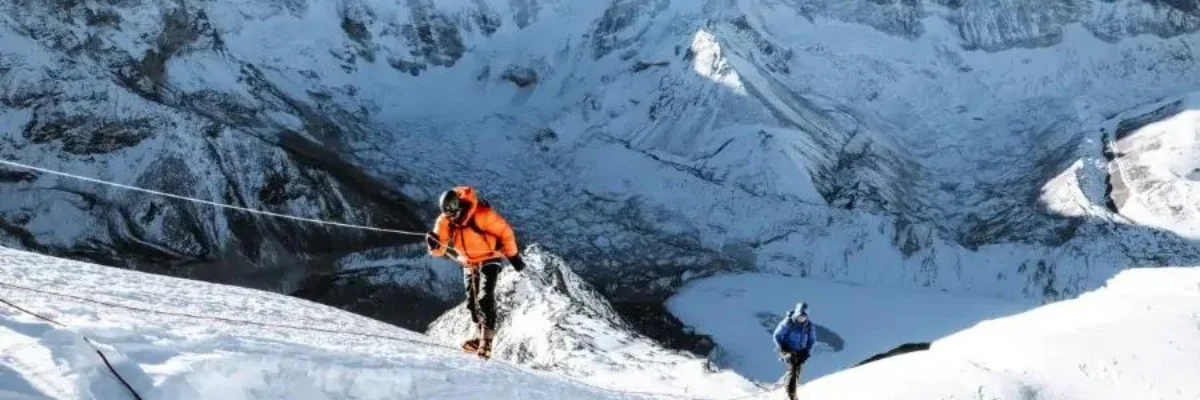
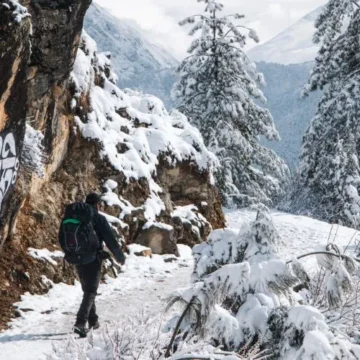
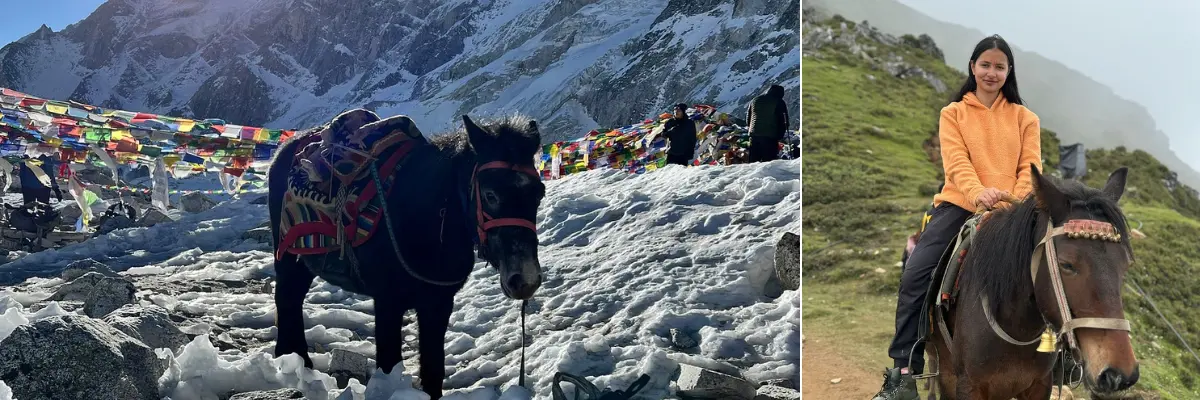
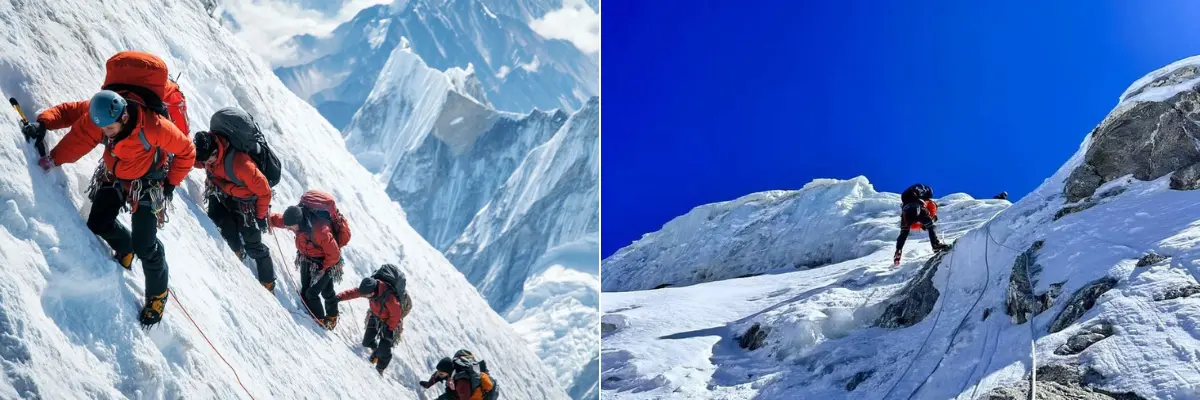












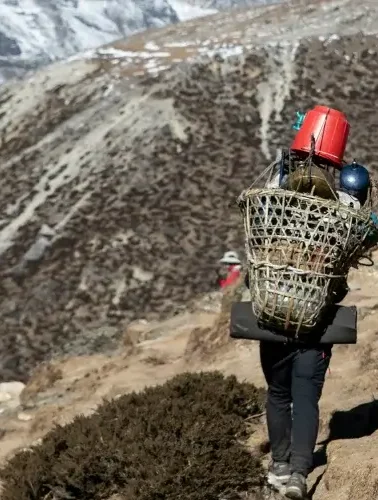
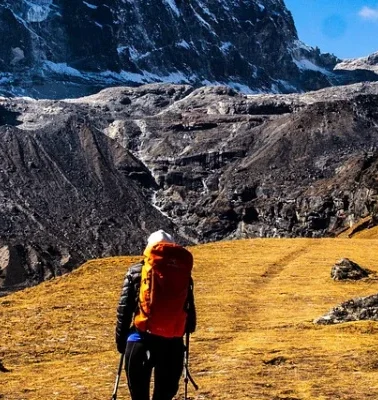

Leave Your Comment